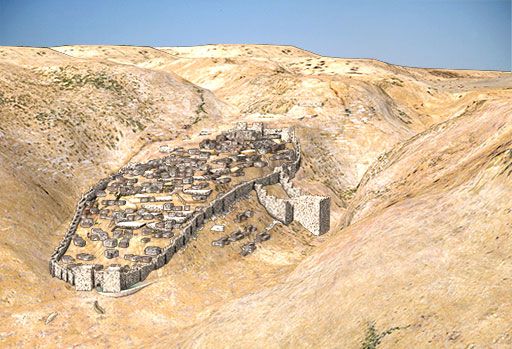
Sites of Special Interest to Jews
The Kotel – The Western Wall
The Western Wall is Israel’s most visited site because of its great religious importance. Towards the end of the Second Temple period, in the year 20 BCE, King Herod began renewing the Temple surrounds, and chose to expand the courts to provide room for hundreds more pilgrims. To do so, he engineered four huge support walls around the Foundation Stone deep within Mount Moriah, which held a system of underground domes and spaces serving as the expansion’s infrastructure.
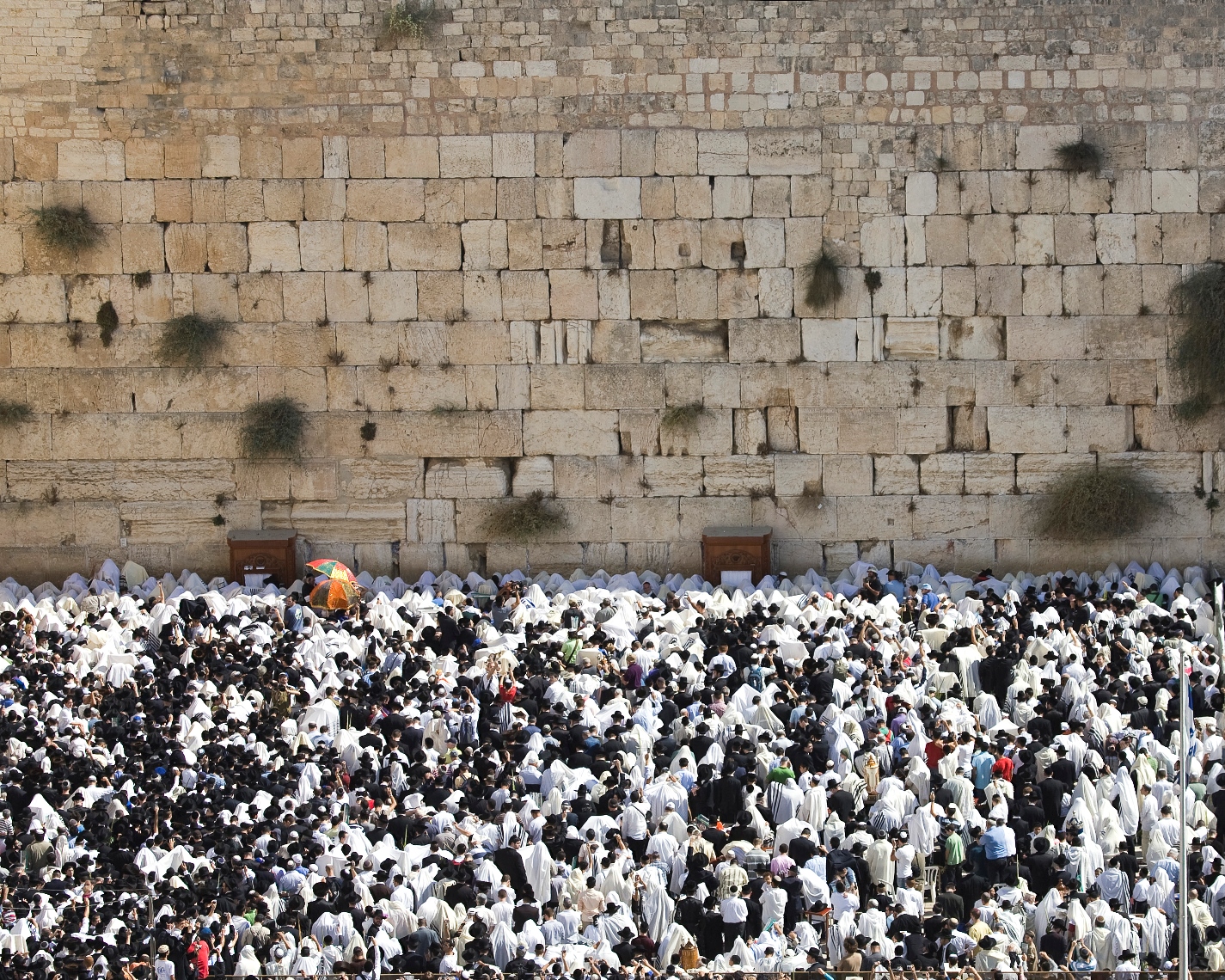
Har Hazeitim – Mount of Olives Lookout
Mount of Olives is one of a number of holy mountains in the land of Israel. Since ancient times the Eastern peoples believed that mountain peaks were sacred, and were infused with unique traits and powers. The fact that luminaries and righteous leaders of the people are buried on mountain tops only added to their sanctity, while preserving these burial sites, turning them over time into places where pilgrims flocked to celebrate or pray.
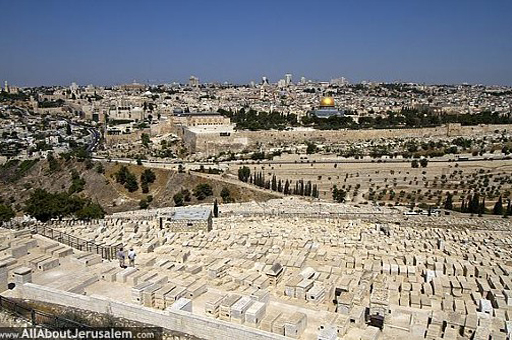
“The Rova” – The Jewish Quarter
Beautifully cared for, and at times appearing surprisingly new, the Jewish Quarter discloses to us that Jews have lived here since the 8th century BCE. The quarter was surrounded by a wall in 701 BCE in fear of an Assyrian invasion, and during King Herod’s reign, many wealthy Jewish families had their homes here.

The Cardo
Think about this: when you shop in a store on the Cardo, you’re actually in a 3000+ year old mall…! Cardo is Latin for ‘street’ and this one cut through the ancient Jewish quarter from as early as Roman times. Way back then, market wares of all kinds were sold in this very place, now a well groomed avenue between Chabbad Street and Judeans Street.
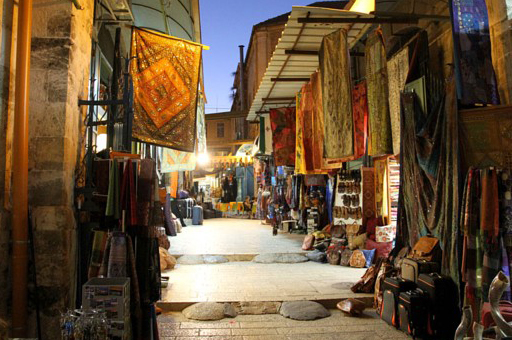
Yad Vashem
This is the internationally renowned Holocaust memorial and museum perpetuating the memory of those who perished. Yad Vashem also offers a research center and archive, and educational activities. Yad Vashem is the location of the Path of the Righteous Gentiles, dedicated to non-Jews who saved Jews during the Holocaust.
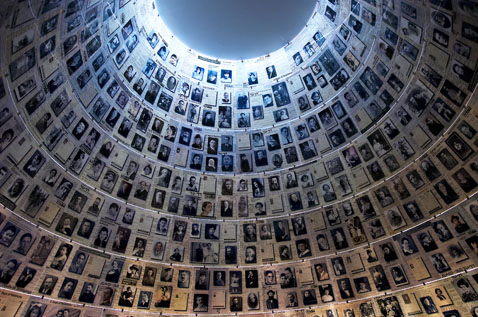
Israel Museum
The largest of the Mideast’s museums, and one of the best worldwide for archeological artifacts, the Israel Museum was founded in 1965 and over time collected some half million objects. In 2010 it was rededicated after 3 years of renovations which saw the redesign of various spaces into halls for exhibition of artworks.

Shuq Mahaneh Yehuda
The word ‘shuq’ means market, and this Jerusalem experience has always been focal to literature and songs, which describe its activities and colorful bustle. The shuq is a mosaic of the vocal and the visual, reflecting the Jerusalemite atmosphere in particular, and the Israeli experience in general. Mahaneh Yehuda is the largest open market in Jerusalem, and even contains a tiny synagogue among the vegetable stalls. Once the fruit, veg, meats and fish are closed up, the shuq takes on a new life as people of all ages to gather in its bars and eateries.
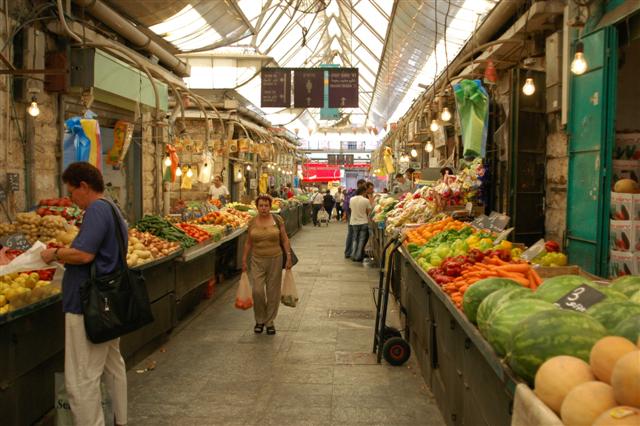
The Mea She’arim neighborhood
The oldest ultra-Orthodox neighborhood in Jerusalem, situated right between the city center and the Old City, the neighborhood comprises people from diverse ultra-Orthodox streams and hums to the sounds of prayer and learning coming from dozens of Rabbinic seminaries, synagogues, study houses, and special learning centers for the very young.
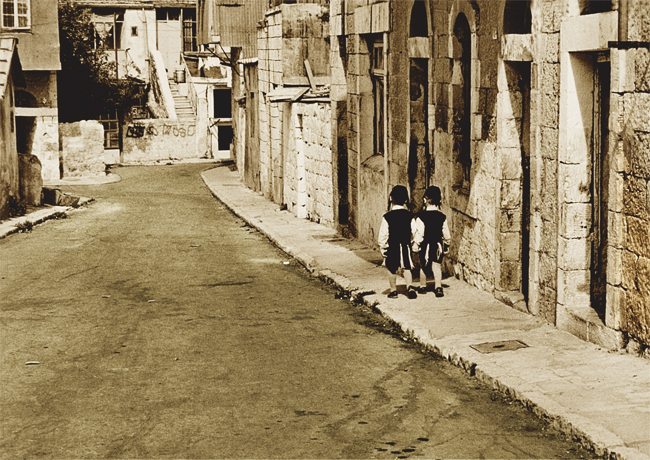
Ir David – City of David
Predominantly an archeological site with a small residential section, this was the original old center of Jerusalem as established by King David during the Middle Bronze Age. It was continuously occupied until the Middle Ages..
